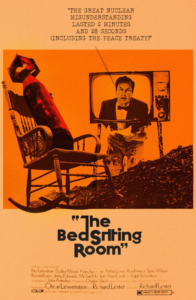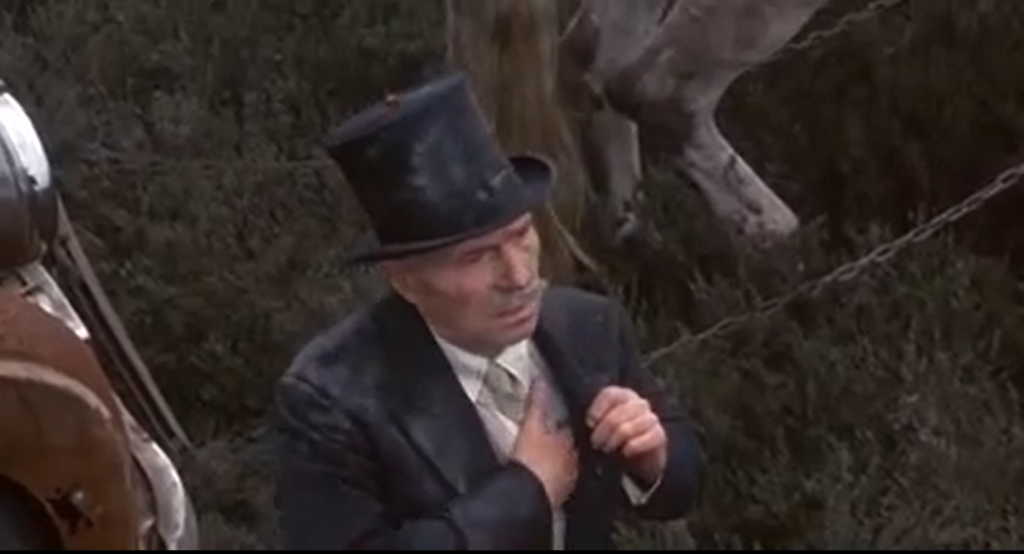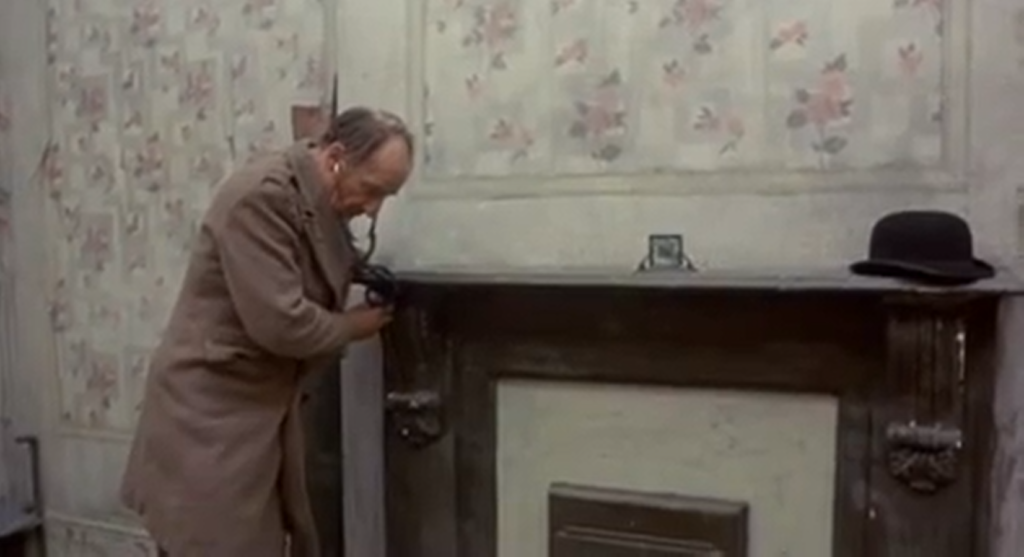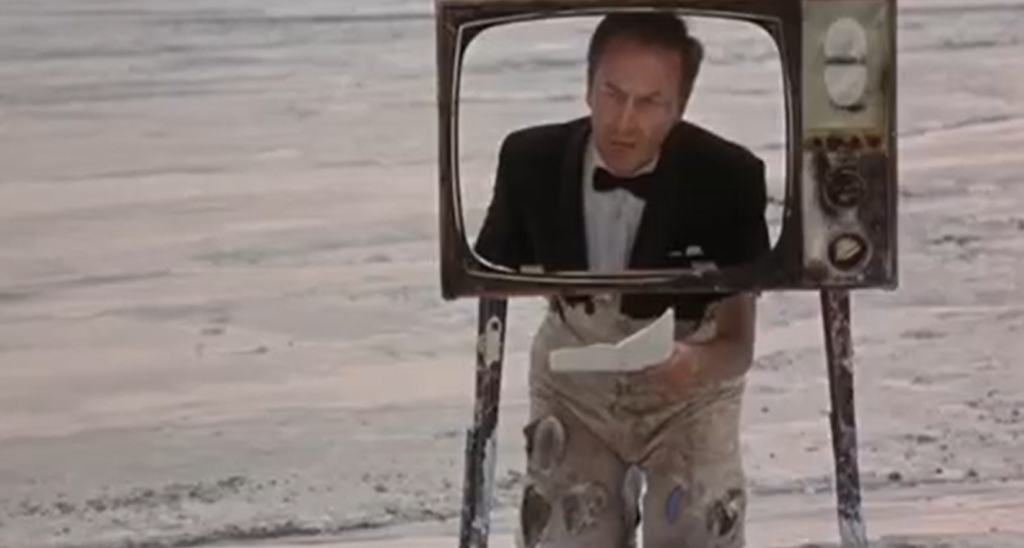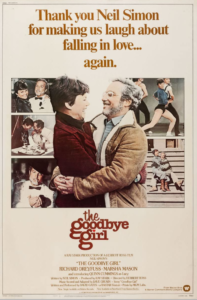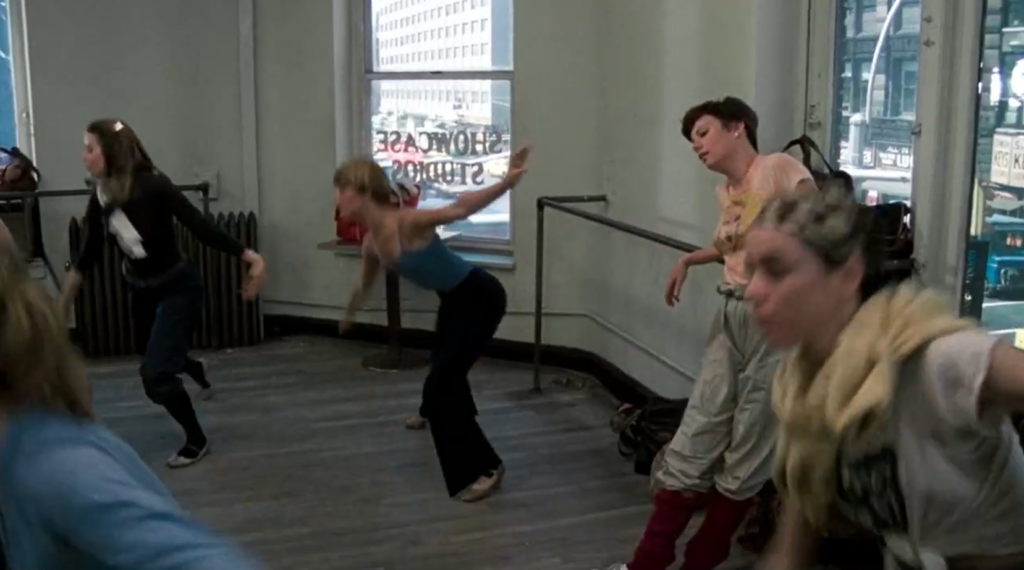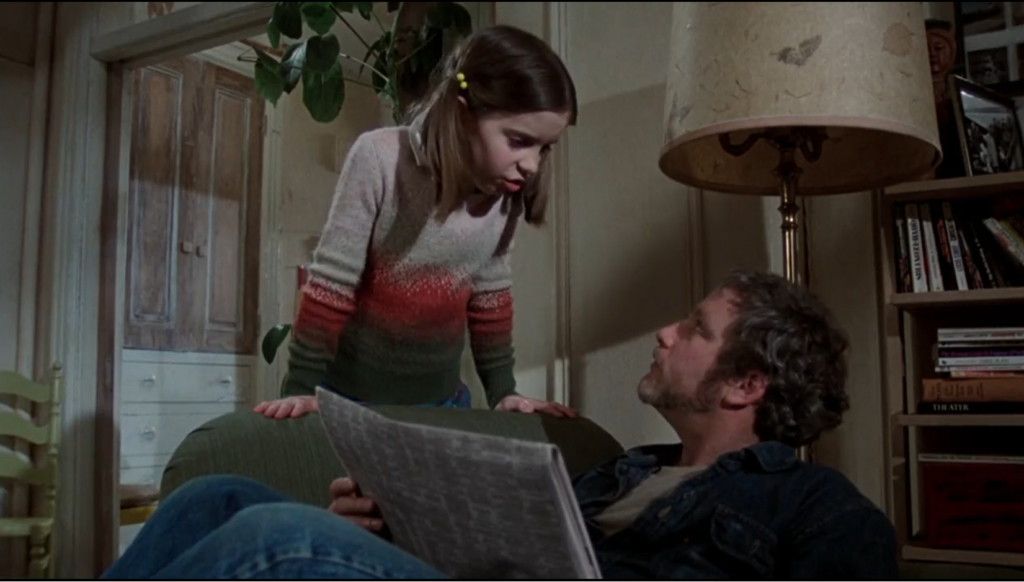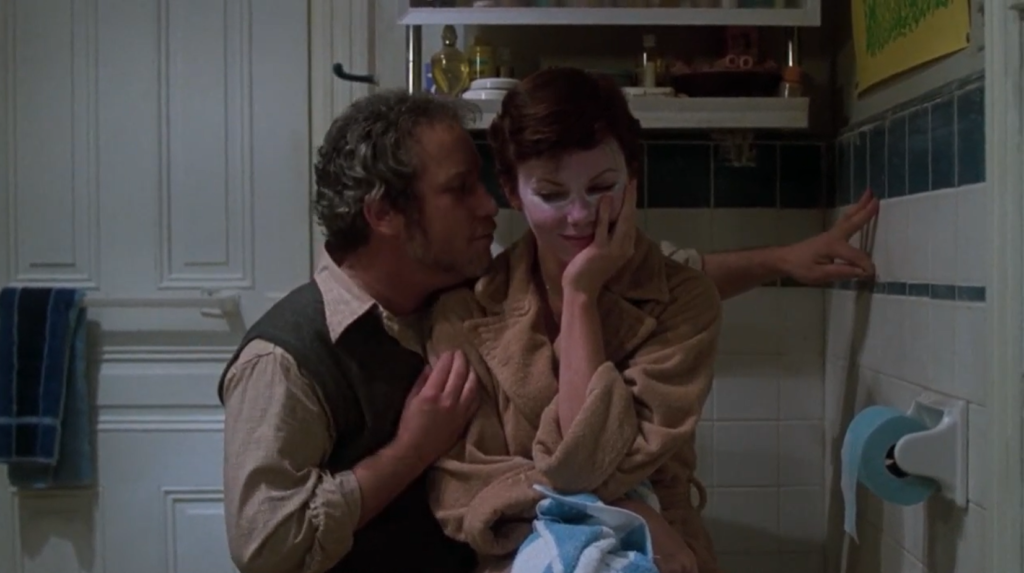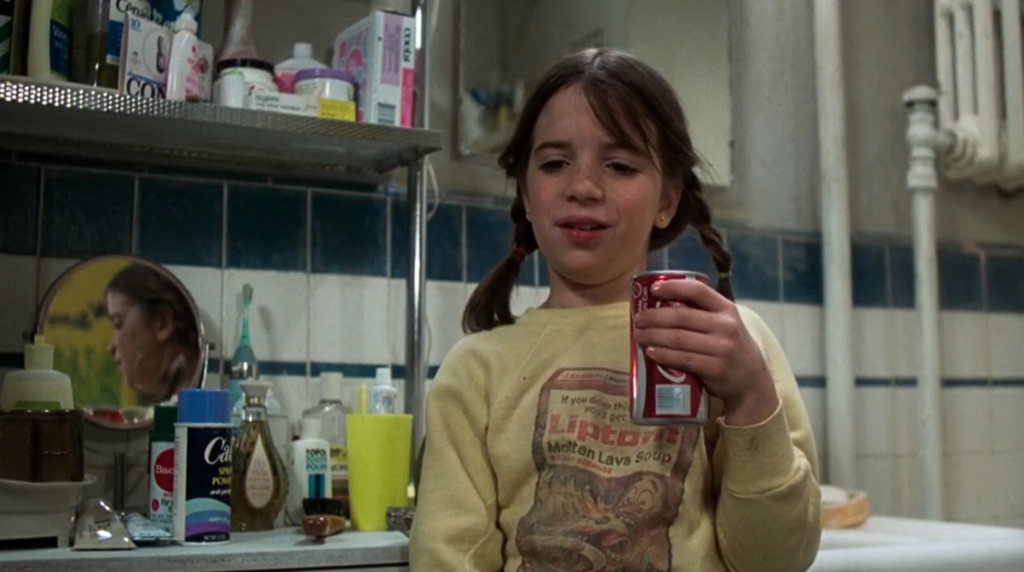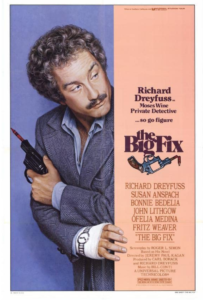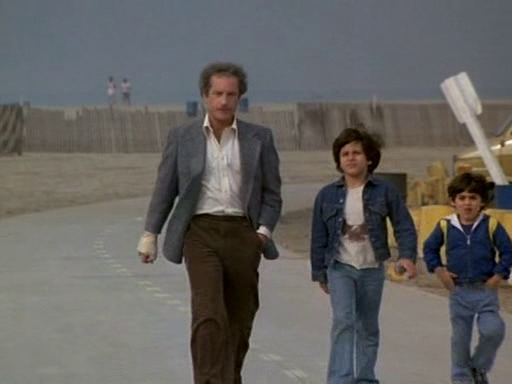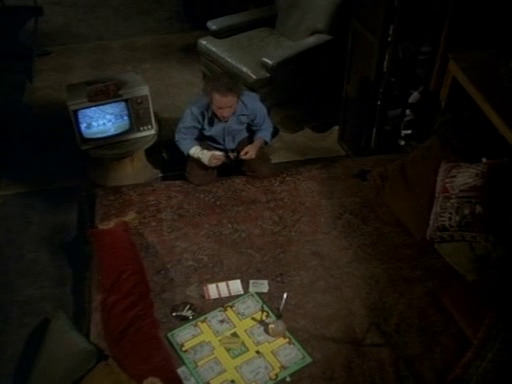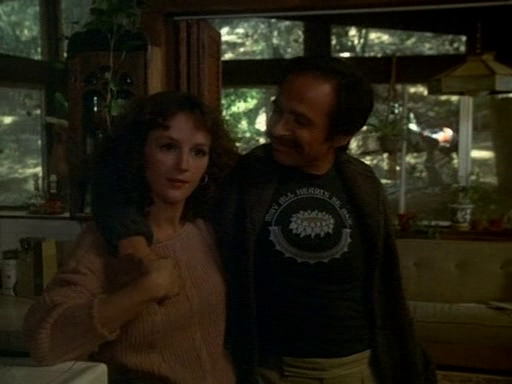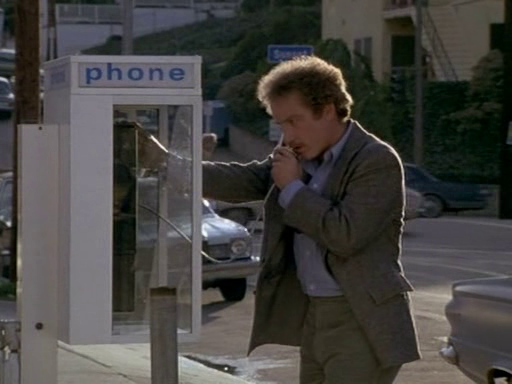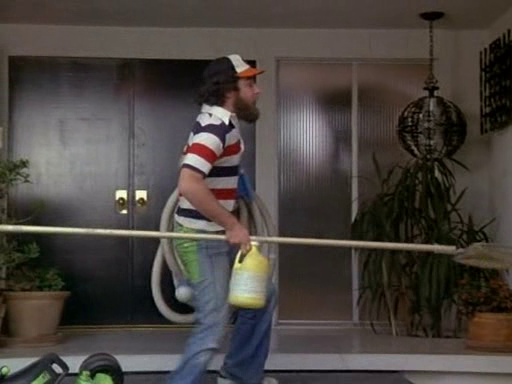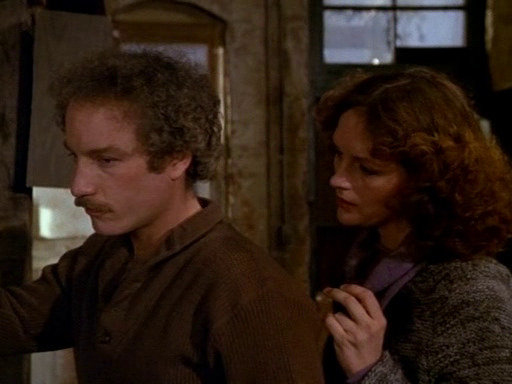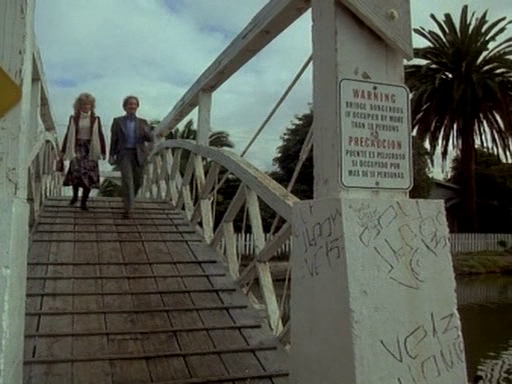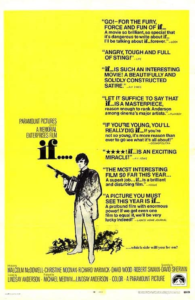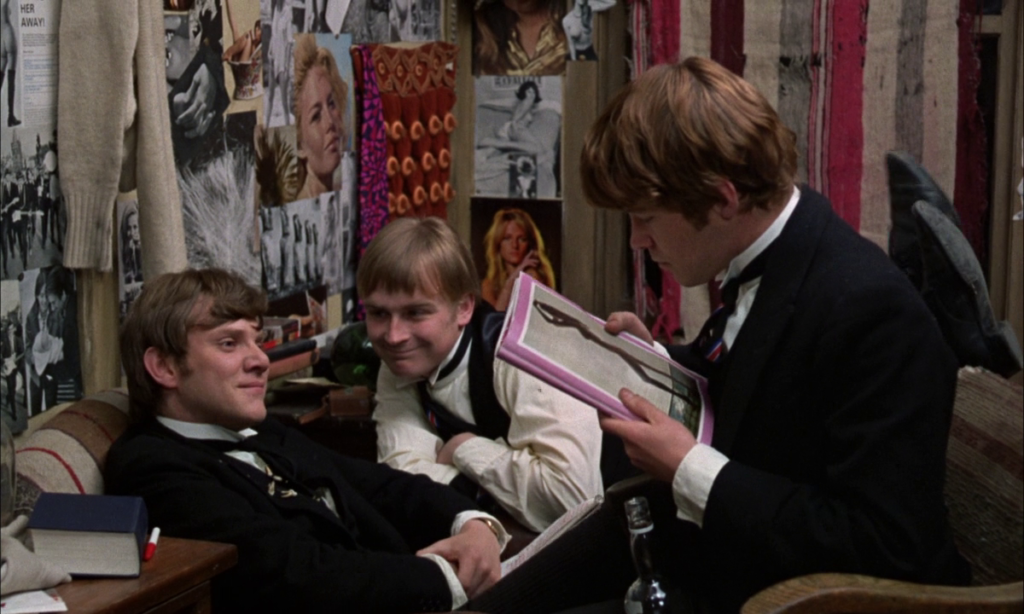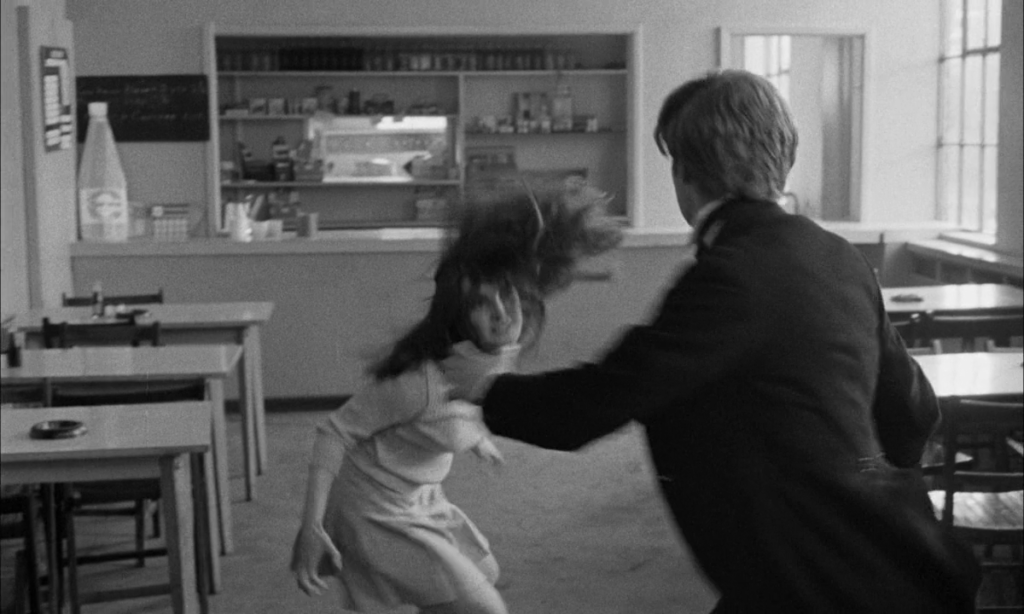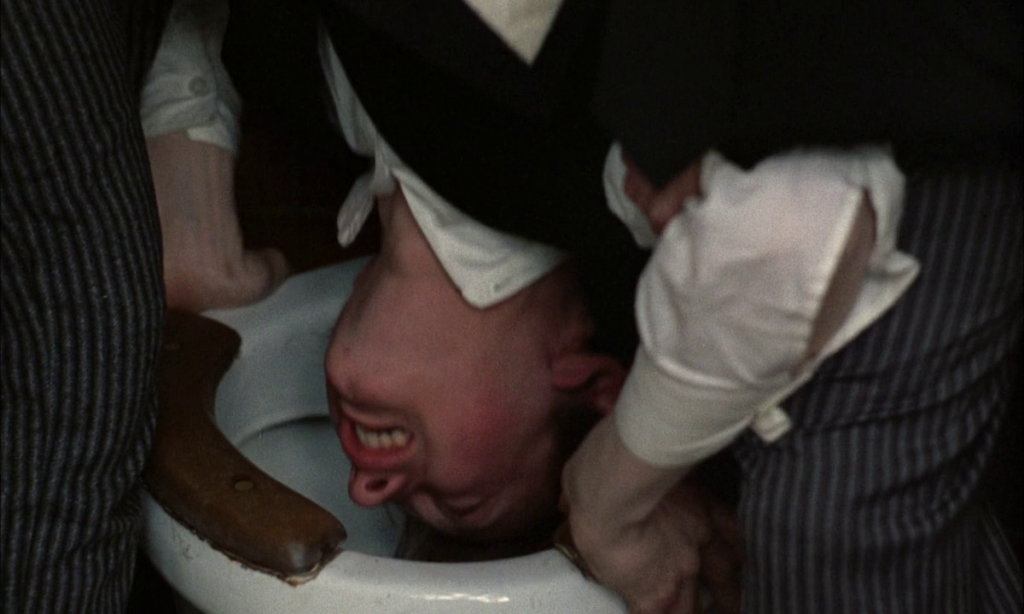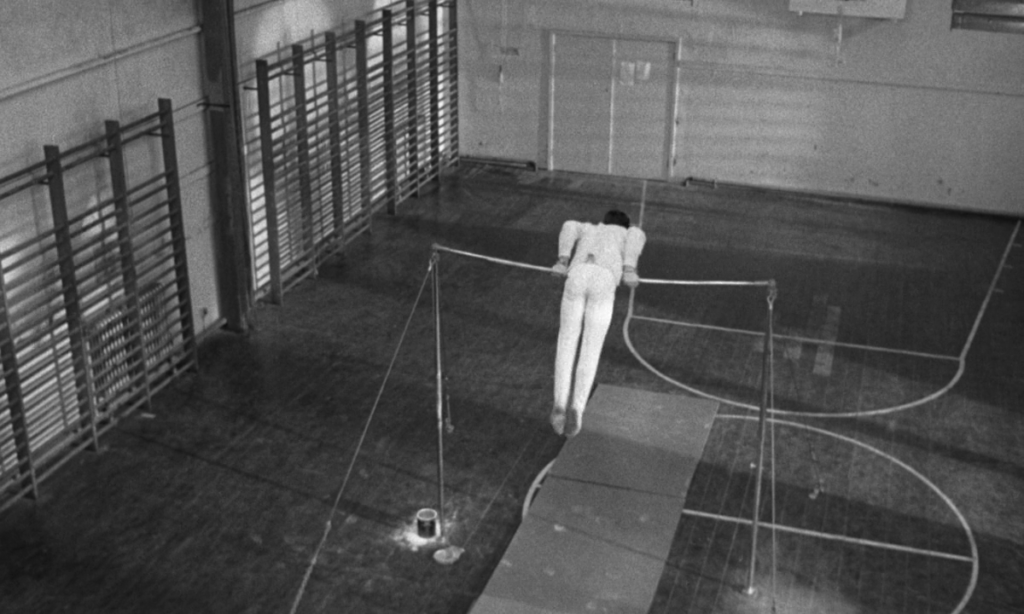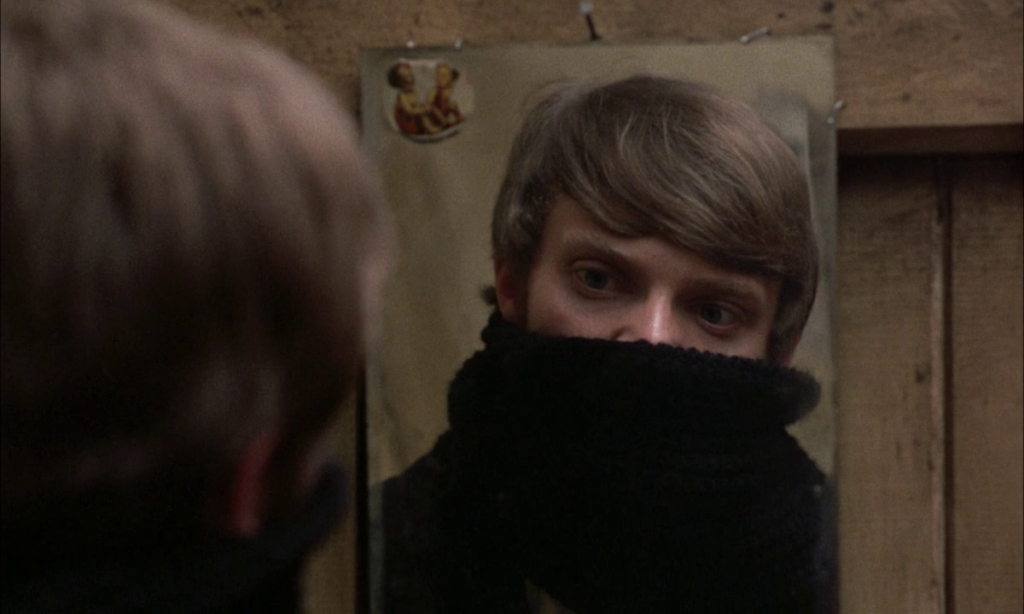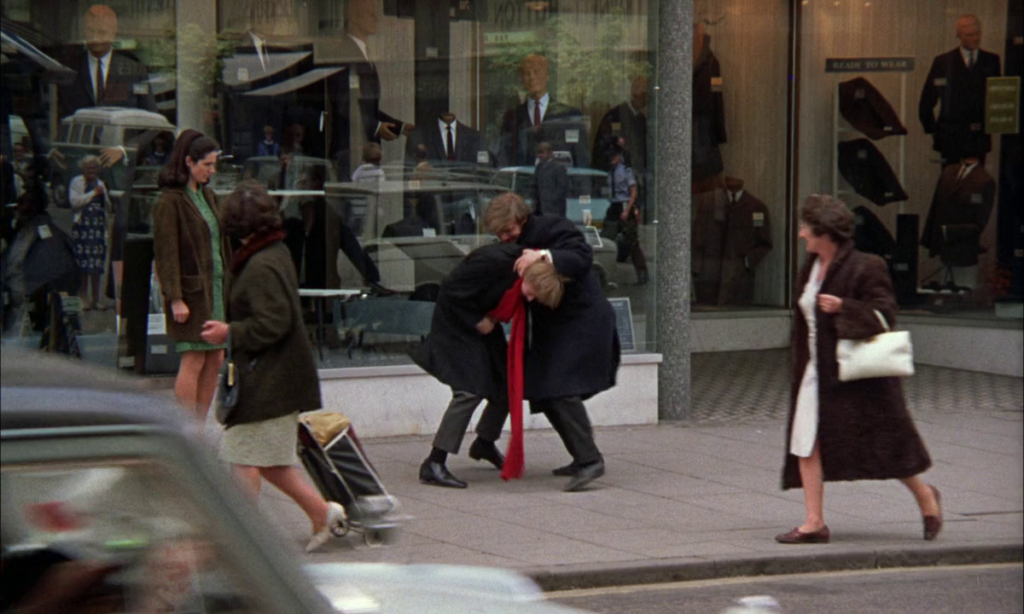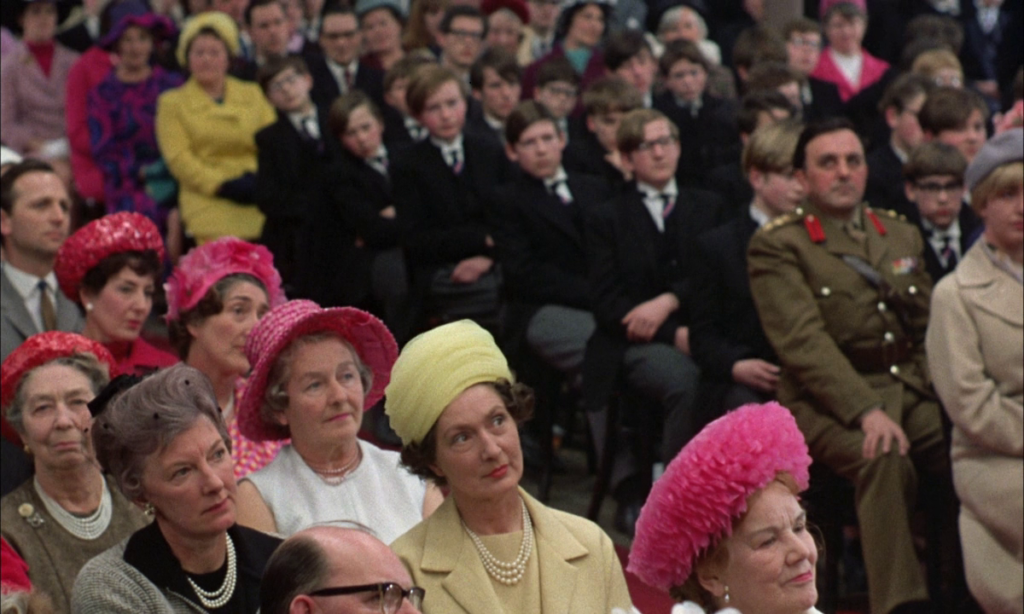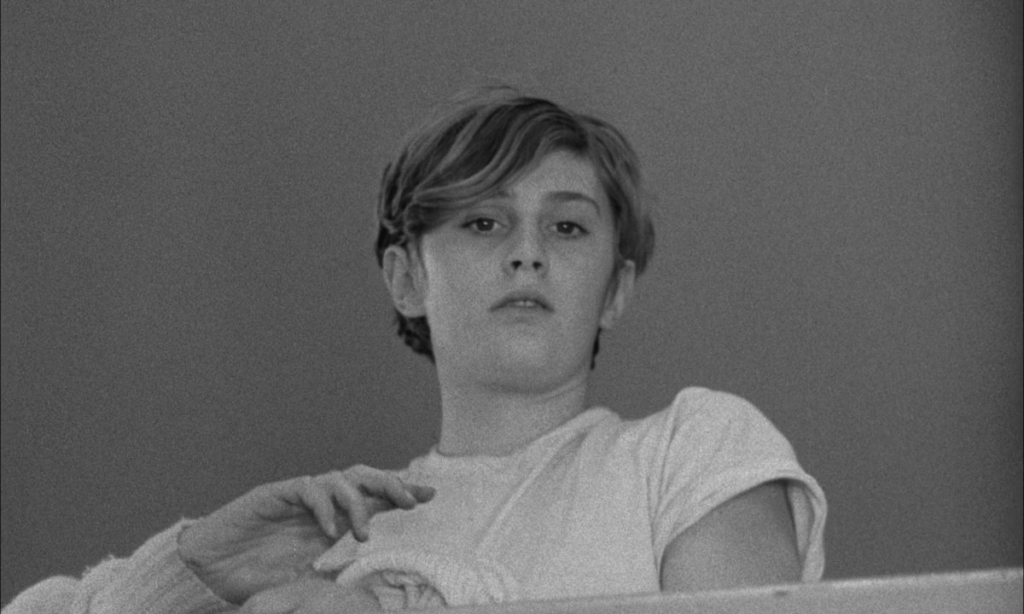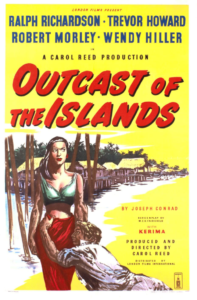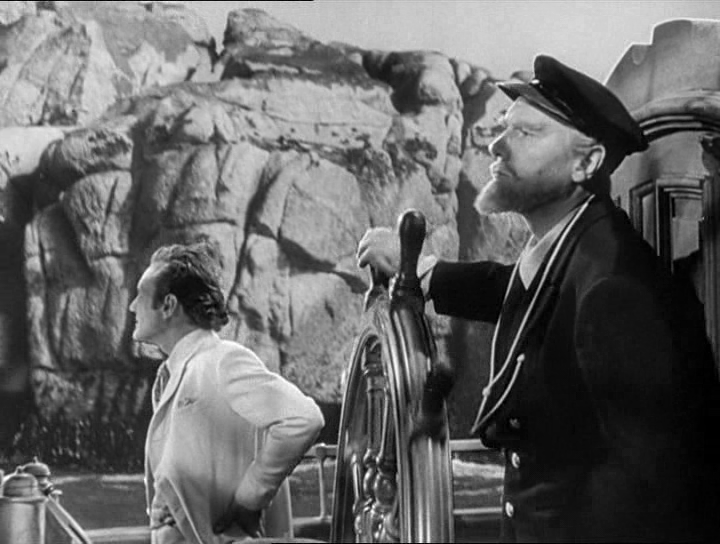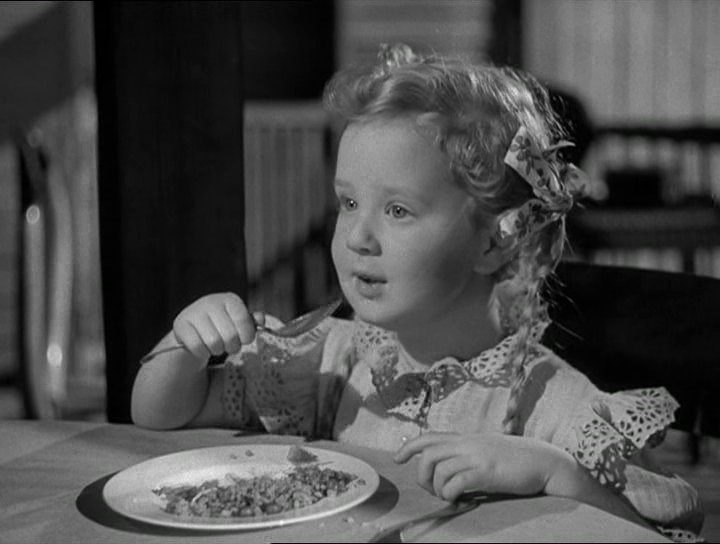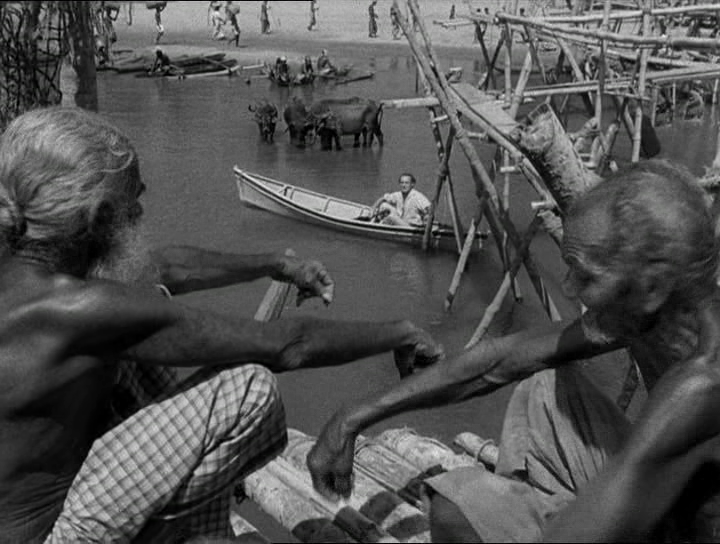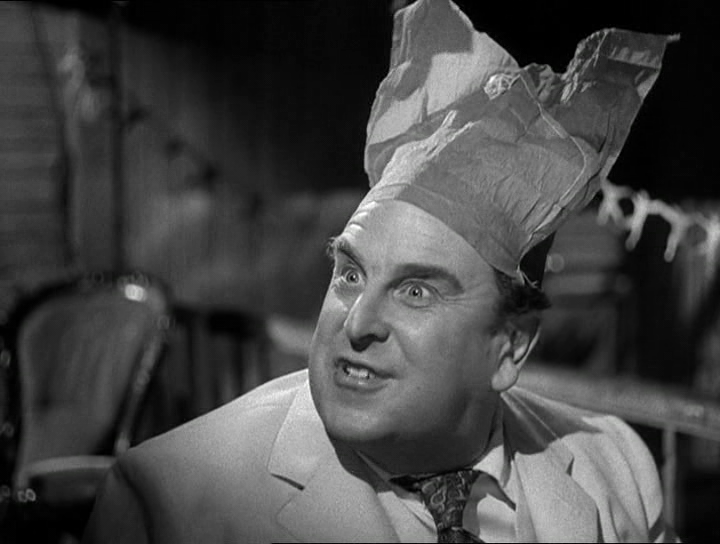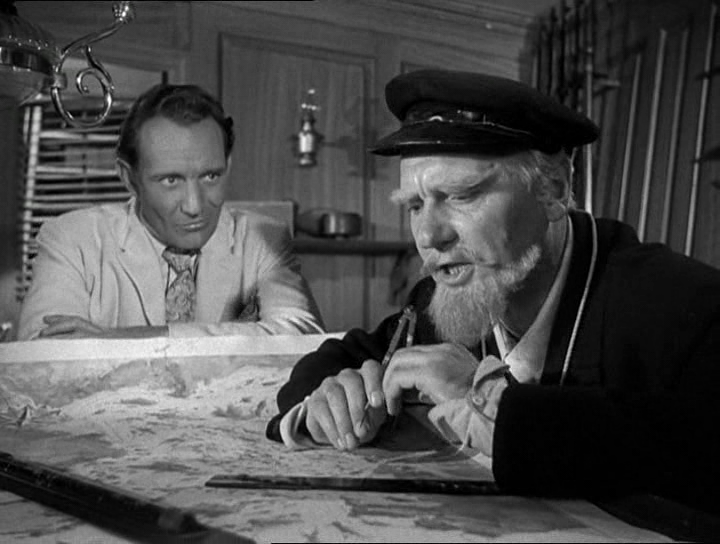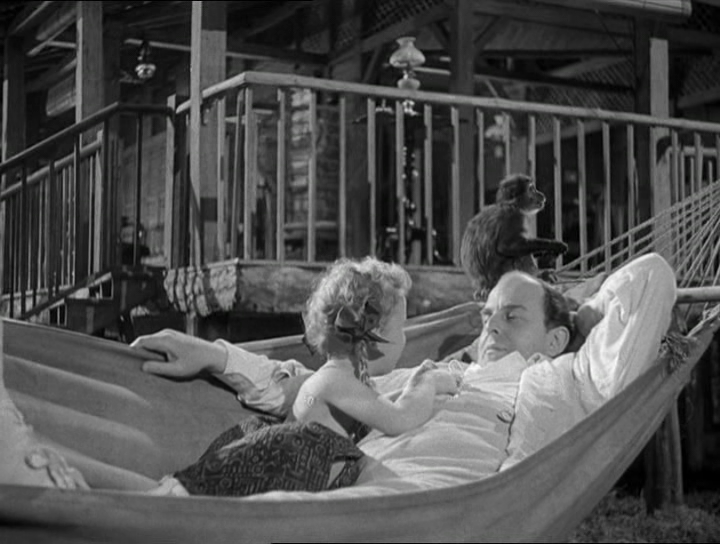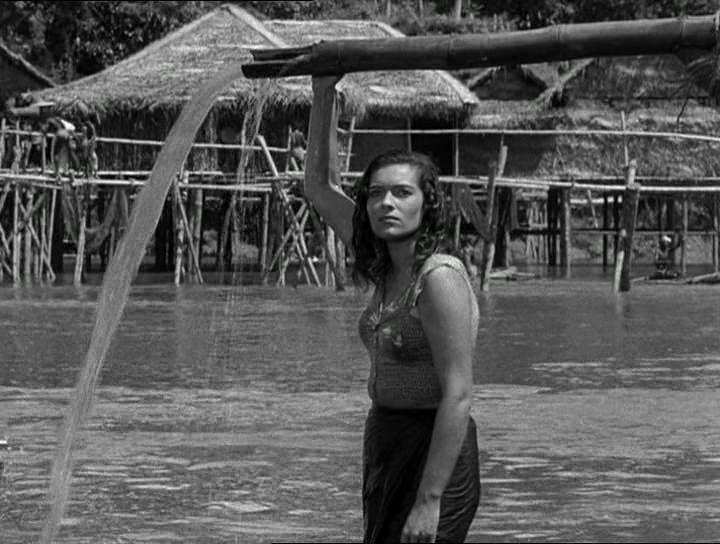Bed Sitting Room, The (1969)
“Do I look like a bed sitting room?!”
|
Synopsis: |
|
Genres, Themes, Actors, and Directors:
Review: Richardson’s stuffy Lord Fortnum tries to protest the changes he feels happening to him: … but is ultimately powerless, and turns into a lower-class “bedsit” room (he’s shown below in his new form, being given a “wellness check” by Hordern): Other absurdities abound, including Tushingham being pregnant for 18 months with a monstrous creature, and being coerced into marrying lecherous Hordern in a cobbled ceremony: … (though she simply continues her relationship with Warwick anyway). There are many more peripheral characters floating around the set (filmed “on location at a refuse dump in West Drayton, England”), but since none of them do anything particularly sensical, it’s challenging to provide a meaningful analysis of the storyline they exist in. Yes, a nuclear holocaust will surely wreak unimaginable havoc on our psyches, and many individuals may try to simply “carry on” as a way of coping — but I’m hard-pressed to see what other point there is to this rambling tale of post-apocalyptic absurdity. Notable Performances, Qualities, and Moments: Must See? Links: |
